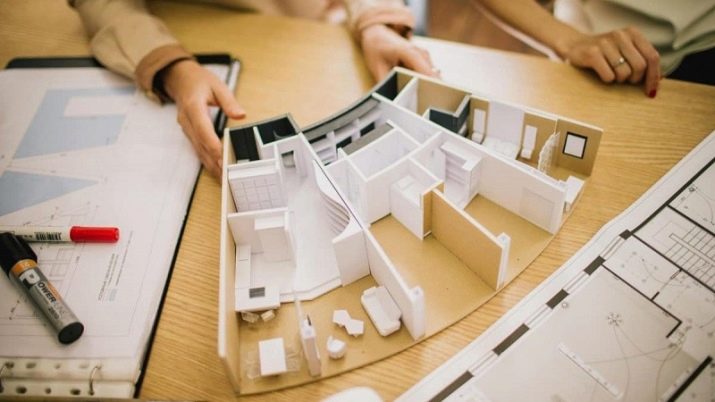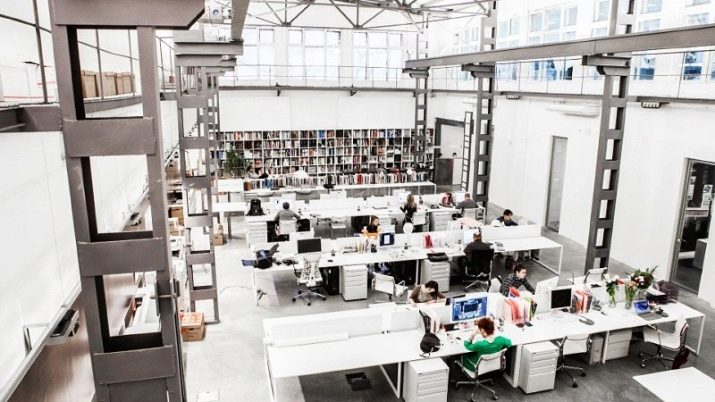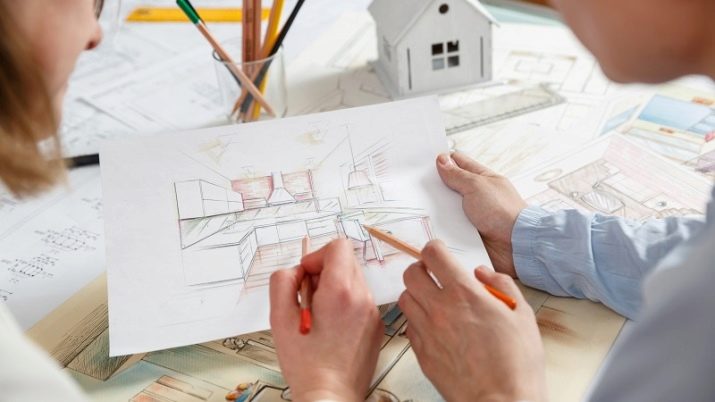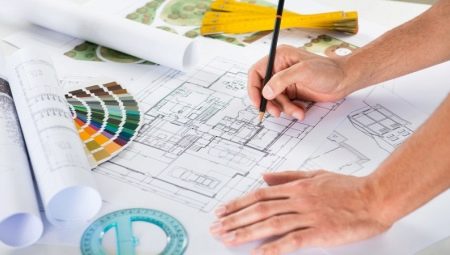Everyone who is going to choose a career path needs to study the profession description of an architect-designer. It is creative, but you will definitely have to master a lot of subtleties and nuances. They relate to training, and the necessary knowledge, and subsequent employment.
Profession Description
To understand the essence of the work of an architect-designer, it is necessary to first introduce the features of two components of such a profession. "Clean" designers are working on aesthetic moments and the appearance of various objects. Individual designers work with large-scale tasks - for example, equip the city's infrastructure.

The decisive reference point is the requirements of technical aesthetics, usually developed within the industry community.
Architects are engaged in matters much more down to earth, more closely related to technology and engineering issues. A good architect is always ready to do construction design or takes into account ready-made plans for buildings and residential complexes. A the architect-designer takes into account the features of both the aesthetic architectural environment and architecture in the “physical” sense. He will have to work with drawings and sketches, floor plans and three-dimensional design models equally often. At the same time, it will take all the time to look for a balance between the external beauty, cost and effectiveness of projects.
Obviously, the profession of architect-designer will become a real find for those who cannot unequivocally prefer a humanitarian or technical direction. Or for those who wish to combine a mathematical mindset and creative pursuit.We have to develop spatial thinking (its initial level is almost always lacking). A good specialist is constantly looking for new schemes and approaches, trying to improve his overall level.
It is also advisable to study urban studies in order not to design a separate building in isolation from other objects.

Training
Future architects and designers will have to enter relatively few universities that train specialists in this new profession. Upon receipt, you will have to take items of this kind:
- literature;
- history;
- drawing, composition and drawing.
You will also need to study complex subjects, for example, the resistance of materials or the features of structural analysis. Therefore, in this profession there is nothing to do for those who want only to draw and bring original pictures to life. In the process of preparation, you need to master the methodology of elaborating architectural and design ideas in the design of cities and other settlements. The specialist will have to study the preparation of the interior of individual rooms and figure out how the natural environment affects all this. It is often necessary to work already at the training stage on:
- public and industrial facilities;
- common space of cities and towns;
- landscape gardening ensembles.

You need to know how to find the best option for color and lighting solutions in the village. Since the work is carried out to order, already in the process of training, several options are prepared every time with this task. A feature of the profession is the ability to choose the best materials, structures and their compounds. Optimum in price, comfort, design characteristics and organization of lighting. More design architects are taught:
- conducting economic evaluations of projects and monitoring changes in their value;
- design and restoration work in historical buildings;
- coordination of objects with customers and state controllers;
- conducting supervision;
- the ability to combine traditional and ultra-modern materials;
- preparation of furniture for individual orders;
- communicating his plans to subordinates.
In our country, specialization "Design of Architectural Environment" available at 31 higher education institutions. But applicants go there not too willingly. The reasons are not only the complexity of training and subsequent work, but also the relatively low (in relation to competencies) level of salaries.
Abroad, the quality of education is higher. Yes, and the likelihood of employment is much greater, especially if you choose training in Milan - the recognized center of the industry.

Where can I work?
Design architects can find their place not only in private organizations, but also in public institutions. They are waiting for architectural bureaus, art studios, furniture factories and design bureaus, large companies for the repair of premises. Much depends on how the portfolio is composed. Usually it contains information about working on the interiors of residential and office buildings. It is also advisable to show:
- floor plan;
- the art of decorating space;
- developments in the field of navigation systems and urban facilities;
- ability to conduct restoration work;
- ability to present their achievements at exhibitions.

Requirements
Skills and knowledge
A good architect-designer works on the project as a whole. And at the same time, even small details are not overlooked. Be sure to master the solution of both creative and purely technological problems.. A professional must understand how what works and how people will behave. For him, the unforgivable mistake is "to make just a good design."
The most beautiful execution of a house wall, for example, does not justify its unreliability or insufficient degree of thermal insulation. Beautiful decoration of the courtyard may appeal to people, but it should not interfere with the passage of people, cars, the operation and repair of technical communications.The architectural designer works on the concept from scratch and develops it taking into account the main industry requirements. In the process, you will have to create intermediate visualizations in two-dimensional and three-dimensional execution. The same specialist is considering how best to make engineering complexes and auxiliary equipment.
A good architect-designer is personally responsible for the selection of suitable materials and structures. He takes into account what kind of lighting should be in one place or another and decides how to do everything conveniently and comfortably, taking into account the transport accessibility of the residential complex. A similar set of tasks is solved with the help of knowledge in the field of:
- coloristics;
- architectural modeling;
- ergonomics;
- general and architectural physics;
- utilities;
- ecology;
- psychology;
- design theory.

Personal qualities
In the architectural, and especially in the design part of the profession, it is important to be able to create. Already at the time of admission to the university everywhere they require beautiful drawing and the ability to draw line drawings with a pencil. And you don’t just need to redraw a photo, a frame from a movie or a landscape from a painting. Design architects (just like architects or designers) must find non-standard moments in the most ordinary things. After processing, they must be correctly transferred to paper in the head - without simplifying and not “wisely”.
Certainly an obligatory feature of an architect-designer is responsibility and attentiveness. The mistake of such a specialist threatens not only the loss of money and material resources, but also damage to the reputation of the company and even human casualties. No less important is perseverance. Only those who know how to modify the project to an ideal state in the allotted time can succeed. Already during the training, students of the architectural department are busy in the mode in which others are only at sessions and final exams.
But diligence, strong-willed qualities, endurance and self-discipline are not enough. Be sure to be able to distribute your time. Those who "drive" themselves - harm health and everyday life. And it is unlikely that "sleepless zombies" will make a good project. Another important point - resourcefulness, since sometimes it is required to solve the problem elegantly and in a short time. Architect-designer always has a great taste and knows how to create harmony even in the most difficult situations. He also always pays attention to everything unusual that he encounters in life, to any beautiful thing or landscape, knowing how to put this impression into practice. It is also desirable to have:
- excellent memory;
- wide outlook;
- sociability;
- the skill to tactfully communicate with other people;
- skill to quickly generate ideas;
- deductive abilities (application of general principles in a specific situation);
- inductive abilities (generalization of particular facts);
- the skill of conveying information about one’s intentions;
- skill to detect problems at an early stage;
- ability to quickly switch between different tasks.











